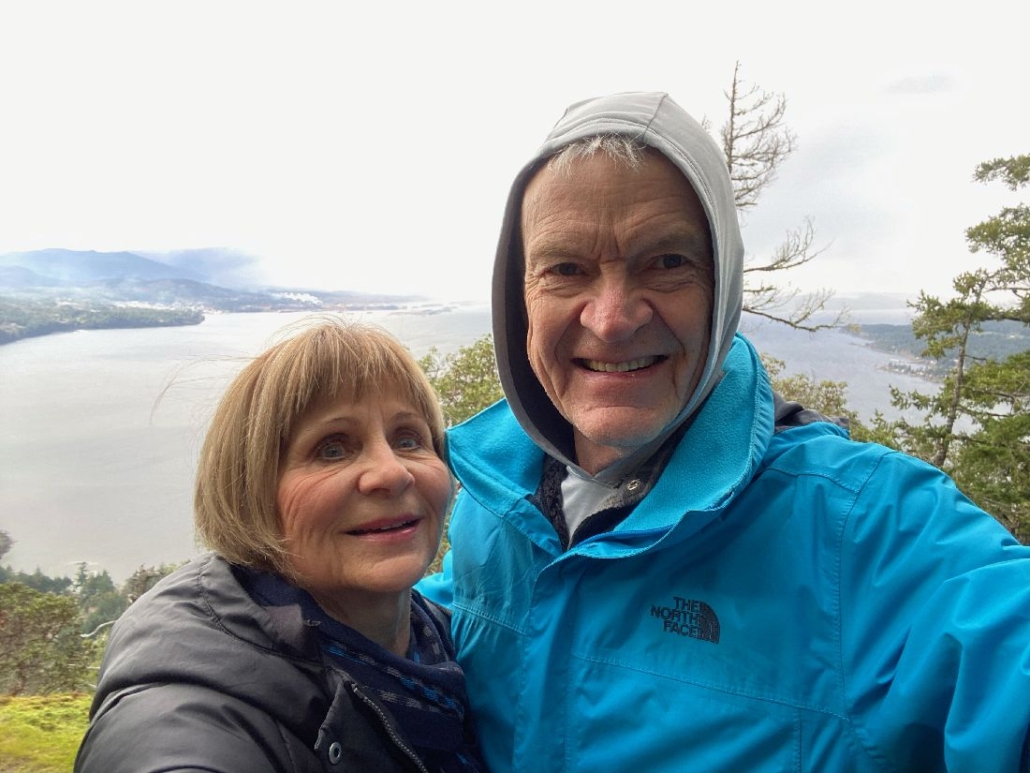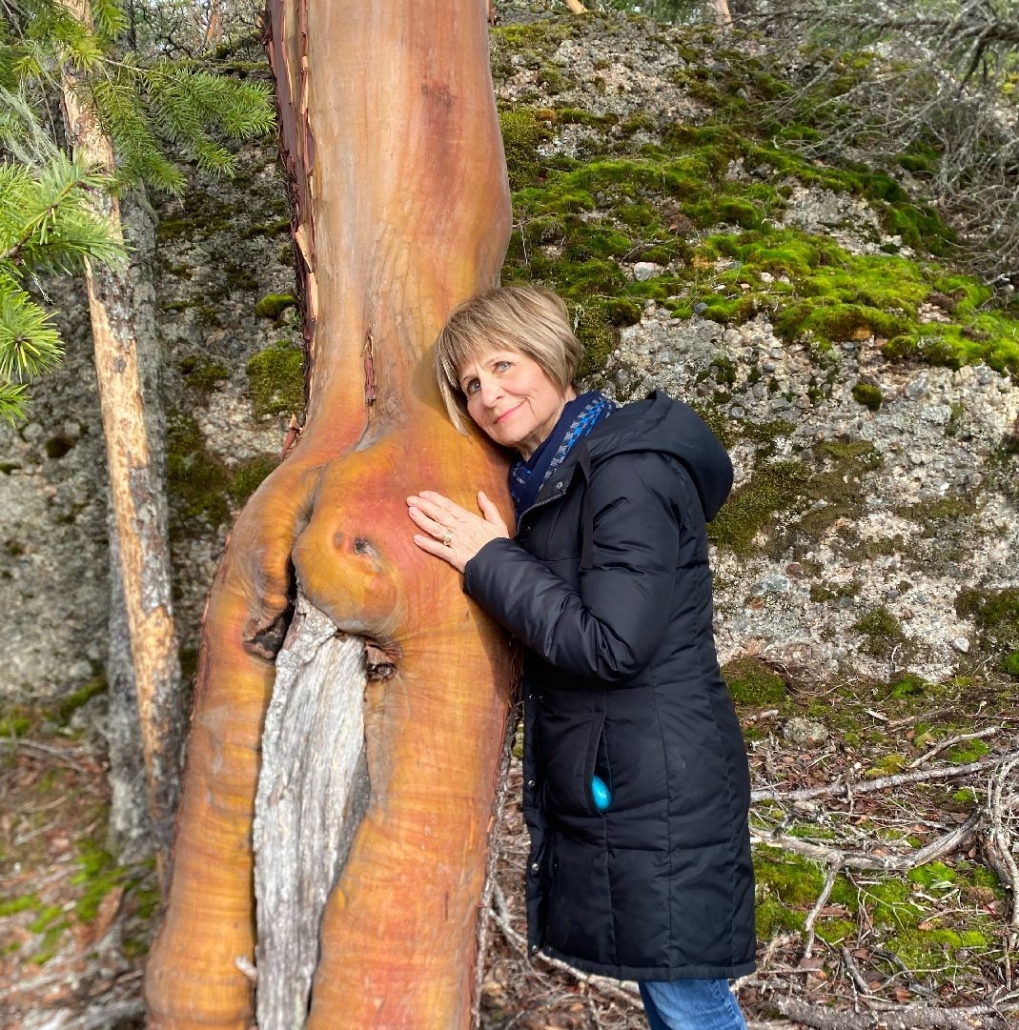Salt Spring Island
Last week Val and I had a nice get-away on Salt Spring Island where we enjoyed some hiking, relaxing, and connecting. Thank you Kyle Shury for your generosity.
Being a leader in your workplace, community, or home can get heavy. It’s easy to lose perspective and get overwhelmed and exhausted amidst the tyranny of urgent demands. Our job is to stay fresh so we can bring renewed insights and viewpoints to those we serve, to be inspired so we can inspire others, and to stay healthy so we can be there for those who depend on us.
It’s important to periodically unplug and take time for yourself and the things that matter to you, so you can be there for others.
If leadership and authenticity matter to you, our Authentic Leadership Academy is the perfect place for connection, reflection, renewal, and growth. You become a part of a like-minded community to support you on your journey. You’ll be inspired with a renewed view of leadership and life while connecting with your heart and an inner compass to guide you. You’ll leave with practical insights and tools to amplify your impact in every area of your life.
If this speaks to you, consider joining us in a life-changing experience that goes way beyond a typical leadership training experience and gets to the heart of what it truly means to be human in your commitment to make a difference in the world.





